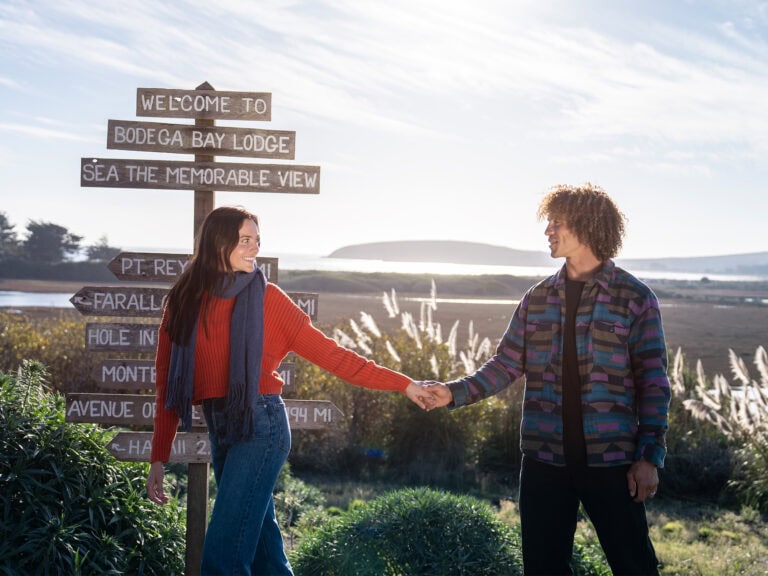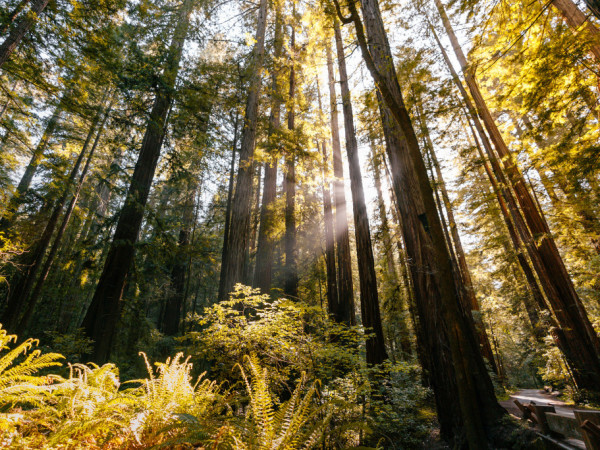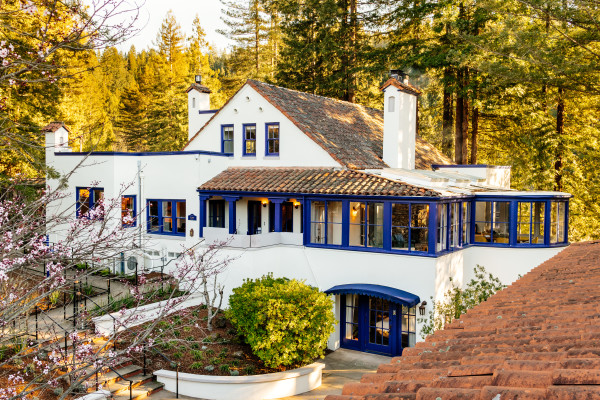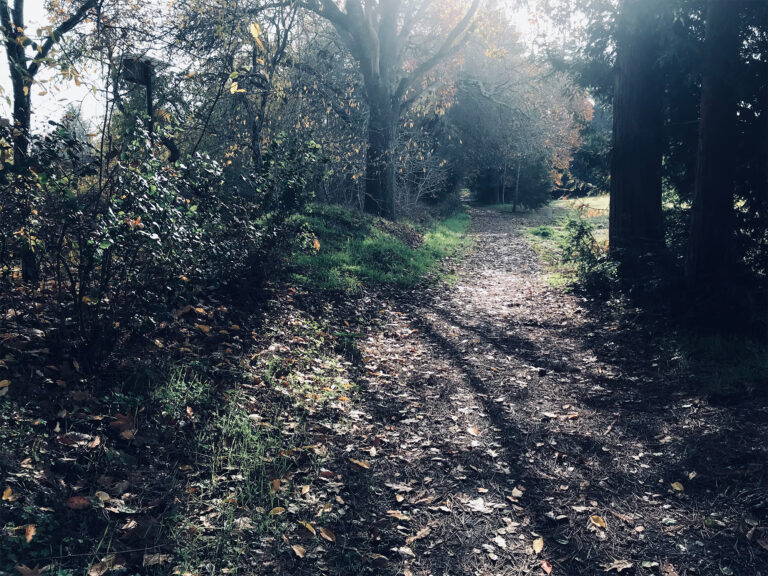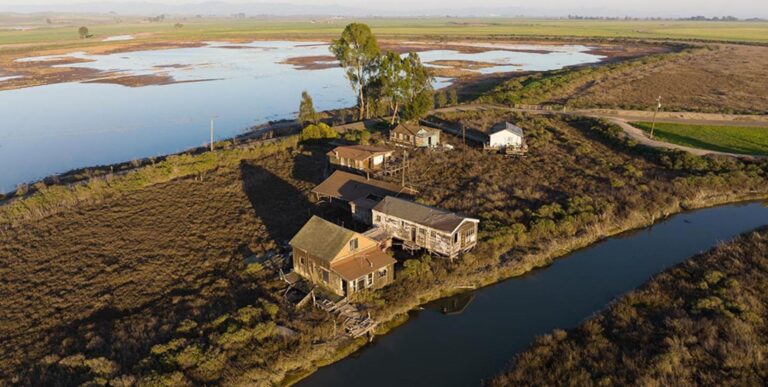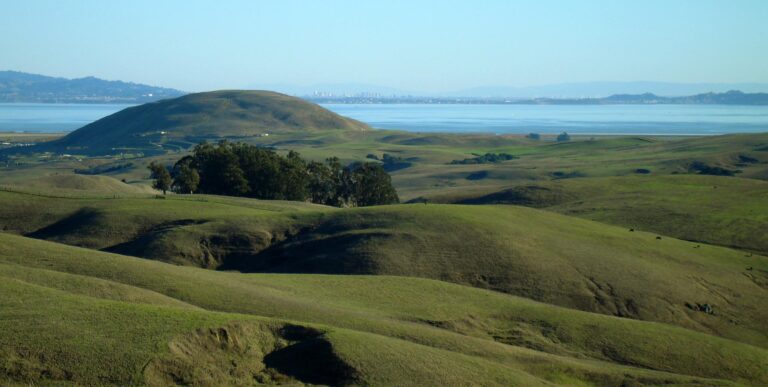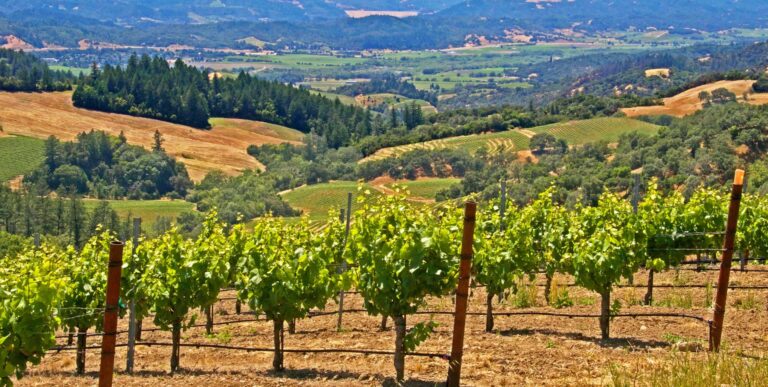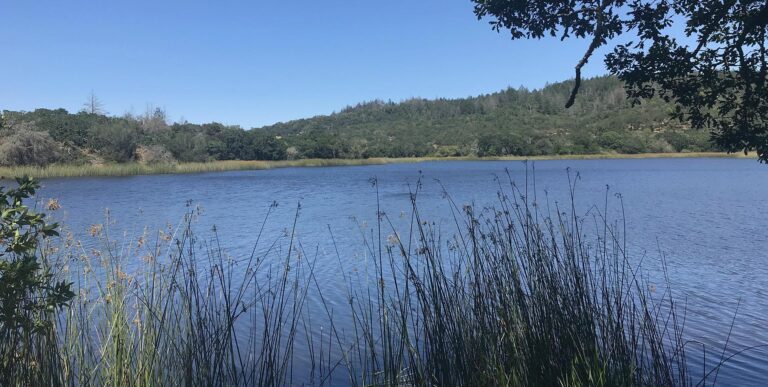The Ultimate Guide to Armstrong Redwoods State Natural Reserve
Walk among lush ferns and giant trees at this 805-acre park that preserves California's natural treasures.
Beneath the soaring redwood canopy of Sonoma County’s Armstrong Redwoods State Natural Reserve, you’ll be awed by ancient, majestic trees.
Stretch your legs and be inspired at one of Sonoma County’s most peaceful places with this guide to exploring the Armstrong Redwoods State Natural Reserve.
About the California Redwoods
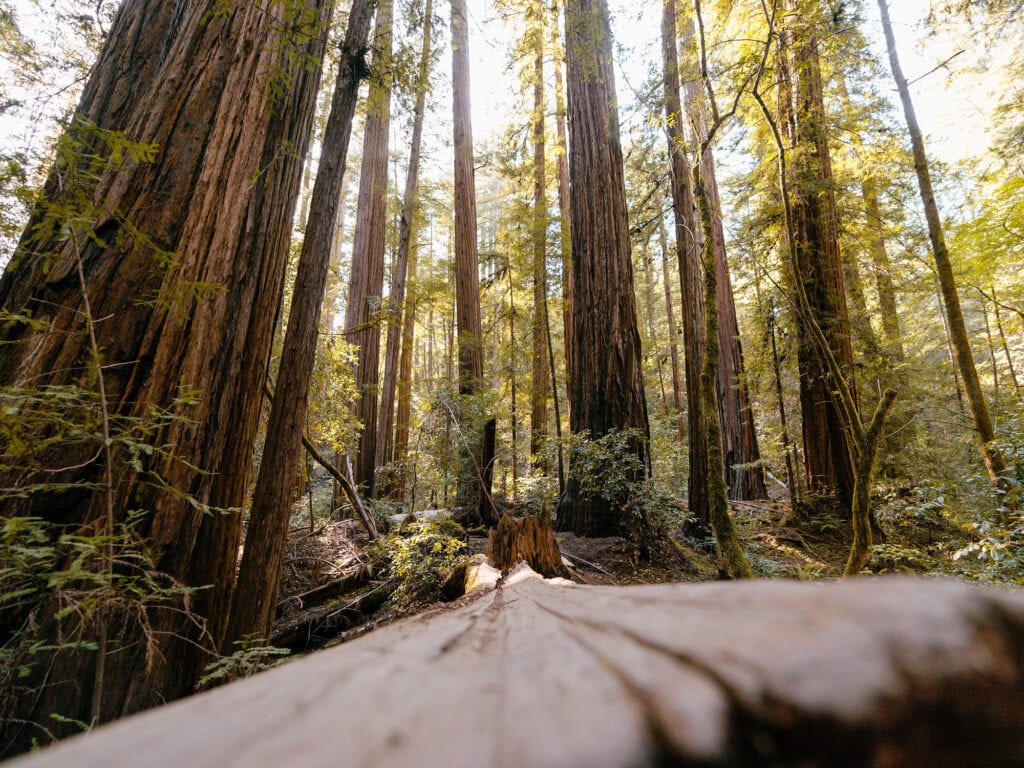
California’s coastal redwoods (Sequoia sempervirens) are the world’s tallest living things (the largest measured was 379.3 feet). These impressive giants are also among the planet’s oldest living things, capable of surviving for 2,000 years, with their average life span roughly 500–700 years.
Before the mid-19th century, coastal California was thick with redwood trees. But, the discovery of gold brought an influx of people, and the redwood trees, with their beautiful, fire-resistant wood, came under the lumberjack’s ax. Eventually, more than 95 percent of the state’s old-growth redwood forest disappeared.
Lucky for us, enlightened Californians worked to preserve the groves and forests that remained. Now, the trees are protected for the public in national, state, and other parks.
History of Armstrong Redwoods State Natural Reserve

Located just north of the Russian River a few miles from the town of Guerneville, Armstrong Redwoods was set aside as a natural park in the 1870s by Colonel James Armstrong — a lumberman, ironically enough.
Armstrong’s daughter carried on preservation work after his death, and she was instrumental in getting the public involved in saving what remained of the area’s redwood forests. The grove was purchased by the County of Sonoma in 1917, which managed it until the State of California took over in 1934.
Armstrong Redwoods are definitely awe-inspiring — and a few of its trees merit special recognition:
- The oldest tree, Colonel Armstrong, is more than 1,400 years old.
- The tallest tree, Parson Jones, extends upward more than 310 feet. (It’s taller than a football field is long!)
- The most burl-heavy tree, Icicle, shows an unusually large number of the burl formations that can grow on redwood trees. (Burls look like large knots or lumps and can weigh tons.)
Things to Do at Armstrong Redwoods

Walk Trails on Self-Guided Tours
- The self-guided Armstrong Nature Trail has informative displays posted along a breathtaking stroll.
- The Discovery Trail offers a feature you’ll probably want to try: A tree-hugging platform.
- Both the Discovery Trail and the Armstrong Nature Trail are wheelchair accessible (and the former has interpretive panels in Braille).
- Armstrong’s trails are relatively short, but you can string them together to create a varied 5- to 6-mile hike.
- If you want more of a workout, take a route leading into the adjacent Austin Creek State Recreation Area, which has another 20 miles of trails.
- Explore our Soulful Travel ideas for exploring Armstrong Redwoods with intention.
Check Out the Visitor Center and Nature Store
Come in for a visit to see exhibits about the reserve’s natural and cultural history and speak with knowledgeable docents who can answer questions. Publications, clothing, and other items are for sale, with proceeds helping to support the park. Open 11 a.m. – 3 p.m.
Bring a Picnic
Enjoy your food and the tall trees at your own pace. Picnic tables, grills, and restrooms make it easy.
Relax in the Redwood Forest Theater
Soaring redwoods completely surround this 1,200-seat amphitheater, built in the 1930s with the feel of an ancient cathedral. Occasionally, it’s utilized for concerts and plays, but it always makes a perfect spot to relax and reflect surrounded by natural beauty.
Go Horseback Riding
If you have a horse, you can go horseback riding through the redwoods in the summer. The trails are typically closed to equestrian use in the winter months, so it’s best to call ahead to check.
What You Need to Know
- Armstrong Redwoods State Natural Reserve is open daily from 8 a.m. until one hour after official sunset.
- Dogs are not allowed on the trails.
- Admission is $10 per vehicle, $9 per vehicle for seniors, and free to pedestrians and cyclists. For more details, download the reserve’s brochure.
- View a map showing all of California’s coastal redwood state parks.
Spend the Night

There are several accommodations with loads of charm, including Highland Dell Lodge in nearby Monte Rio, which offers great views of the Russian River and redwoods.
More excellent lodging options in Guerneville include:
- The Grove at Dawn Ranch
- Dawn Ranch Resort
- Highlands Resort
- boon hotel + spa
- The Stavrand
- Mine + Farm
- The R3 Hotel
Together, we can protect and preserve the beauty and natural resources of Sonoma County for generations to come. Find information about Sustainable Travel and look over the Leave No Trace Seven Principles. You can also learn more about how to hike responsibly in Sonoma County.
Explore more Sonoma County parks and check out additional ways to enjoy the outdoors.
Written by Sonoma Insider Suzie Rodriguez
THIS IS WINE COUNTRY.
Share your experience using #SonomaCounty or #LifeOpensUp





